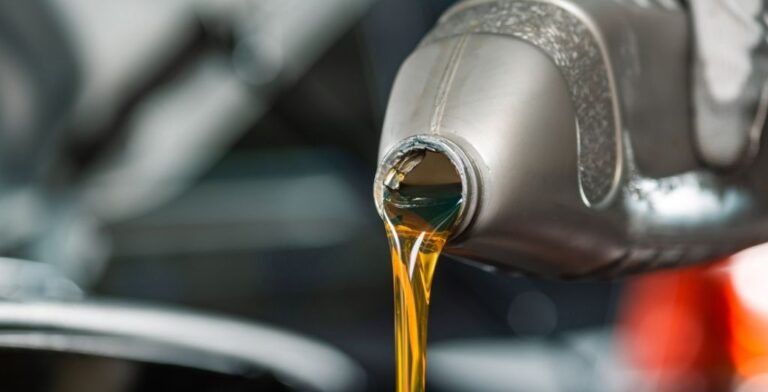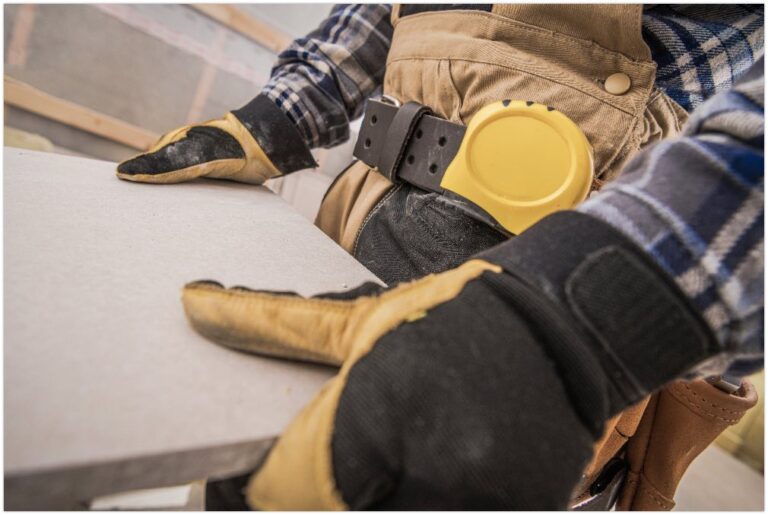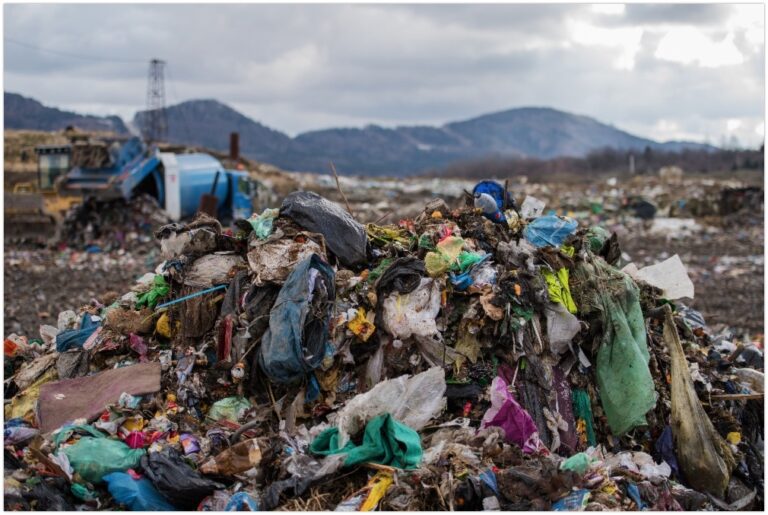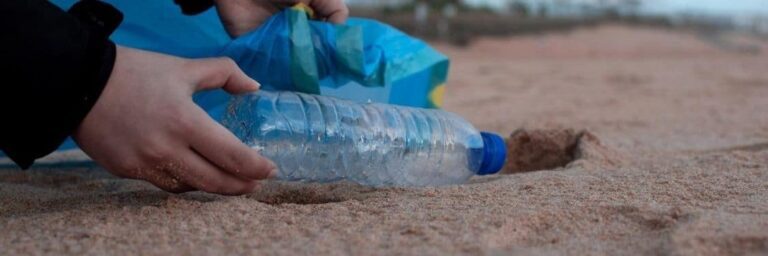The space race in which nations on the planet have been harnessing their resources and advancement in technology has been going on for half a century now. Just like on earth, along with the advancement of civilization comes a new kind of problem—space junk.
Since 1957, when man first launched spacecraft to reach earth’s orbit and beyond, we have been bringing hundreds of thousands of materials from the surface up into space. They have their uses when brought up but over time, these items and materials become useless and need to be discarded. However, with no proper rubbish removal service available in space, these objects stay up there for some time along with some risks.
In this article, we’ve compiled 10 interesting facts about space junk that we’re pretty sure most of you didn’t know. Get ready to be surprised.
1. There are almost 10,000 metric tons of man-made space waste currently orbiting our planet
Space junk varies in size. Some debris is as small as a speck of dust while others can weigh up to dozens of tons. It may take years to decades before these objects plummet back to earth to their fiery end.
2. Australia holds the record of “the place where the biggest space junk ever landed”
In 1979, chunks of the 77-tonne SkyLab space station of the US disintegrated over Western Australia. The area, particularly the town of Esperance, was peppered with fragments and remnants of the space station.
While residents and space enthusiasts gathered to collect some souvenirs, the town officials weren’t too happy and they fined NASA $400 for littering.
3. Space junk returning to Earth can be very dangerous
There have been no reported injuries or deaths related to space junk returning back to earth—so far. Despite the relieving statistic, there’s no reason to be too complacent as the danger of returning space rubbish hitting a populated area can be catastrophic.
One year before the SkyLab event, a Russian satellite named Cosmos, plummeted back and crashed over Canada’s Northern Territories. The crash spread hundreds of thousands of radioactive debris over hundreds of square kilometres. Fortunately, the crash site was far from the nearest populated area.The cleanup operation took several months with only a portion of the debris recovered. There are still a lot of radioactive materials in the wild till this very day.
4. The amount of space junk orbiting the planet right now poses a great danger to both manned and unmanned spacecraft
Space shuttles and unmanned satellites are taking huge risks reaching the vastness of space more than the launch itself. The journey will always be threatened by the rubbish that envelopes the outer atmosphere. Even the smallest space debris (less than 1 millimetre) can penetrate the windows of space shuttles and lead to disasters.
Currently, there is approximately 128,000,000 space debris orbiting our planet. Our current technology is only able to track 34,000 pieces (larger than 10 cm). Any collision with these objects can be potentially tragic as they orbit at very high velocities (22,000 miles per hour).
Astronauts going to the International Space Station (ISS) have a 1 in 100,000 chance to collide with space debris. The Hubble Space Telescope has a 1 in 185 risk of colliding with a piece of debris that can affect its operations.
5. The worst space debris-related incident occurred in January 11, 2007
On this date, China used an anti-satellite system to test the weapon’s efficiency. The weapon system targeted and destroyed the Fengyun-1C weather satellite. The satellite was shattered to pieces. The test was successful but not without consequence.
The fragments and debris caused by the explosion added to the existing space junk by about 20%. In two years’ time, those fragments had spread out from Fengyun-1C’s original orbit to form a cloud of debris that is currently encircling the whole planet. It will take a couple more decades before the space rubbish would reenter the atmosphere.
6. The Kessler Syndrome can happen at any time if space rubbish persists
The term “Kessler Syndrome” sounds like a disease and should be treated as such. This is a chain reaction brought about by the collision of space debris with functioning orbiting satellites. It is postulated that such an event can debilitate all the low-orbiting satellites and make the low orbit area unusable and dangerous—for a very long time.
Such an incident can paralyse all communication systems that rely on satellites and can set humanity and technology back by a few decades.
7. Among the space junk lies the remains of a sci-fi icon
Did you know that the cremated ashes of the creator of Star Trek is among the space junk that’s orbiting our planet?
In 1992, a portion of the ashes of Gene Roddenberry was delivered by the space shuttle Columbia during its STS-52 mission. The ashes were placed in a lipstick-sized container and orbited for several hours before it disintegrated in the atmosphere. The rest of the ashes were shipped into space in 2010, along with some digitised fan letters and the ashes of his wife.
8. Some of the weirdest items are currently orbiting as space debris
If you think the sceneries you see in space are sights to behold, think again. The space rubbish you’ll find up there is similar to what you see here on the surface. A bunch of garbage and discarded stuff can be seen up there. What is interesting though, is the fact that if you go up and check the orbiting space debris right now, you’ll find the most unexpected and unusual items.
Aside from the remnants and pieces of man-made satellites and spacecraft, you can see equipment and tools like pliers, cameras, gloves, animal remains, and crystallised pee. Yes, you read that right—pee.
9. Space junk has become a huge problem that all nations on the planet are trying to find solutions to
The increasing amount of space junk that man created has become a major concern. As we move forward to the future with all these space activities, the rubbish that are by-products of development is becoming a hindrance and threat to sustainability.
There are guidelines at present that recommend satellite operators should remove their space junk within 25 years. Unfortunately, only 60% have obliged. We still have long ways to go. While cleanup, recycling, and other safety measures are ongoing and in development, the need for multilateral efforts, self-policing and accountability is undeniable.







